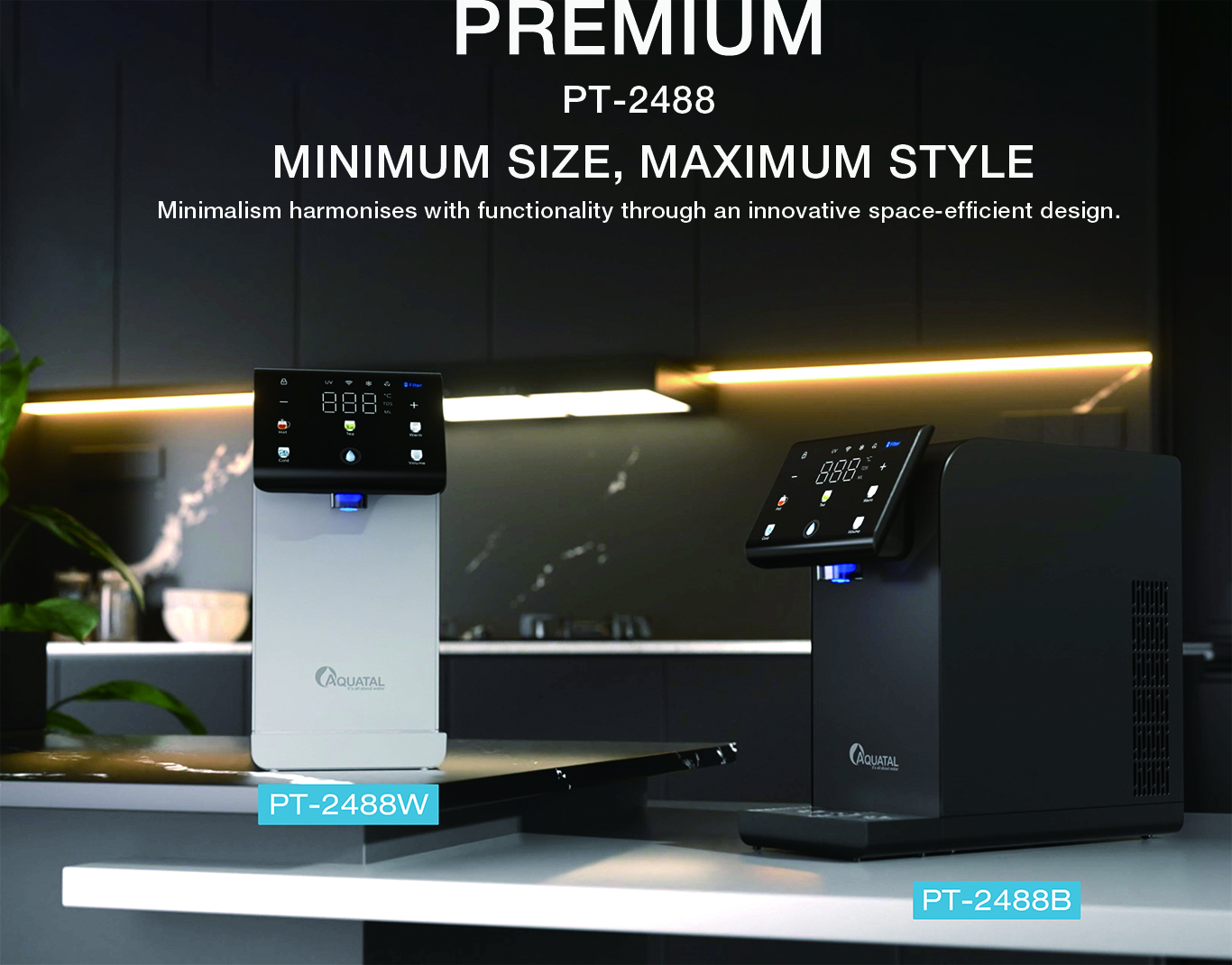 Introduction
Introduction
In an age where smartwatches track our heart rates and refrigerators suggest recipes, water dispensers are stepping into the spotlight as proactive health guardians. No longer passive hydration tools, modern dispensers are evolving into integrated wellness platforms, leveraging AI, biometrics, and personalized nutrition to redefine how we consume water. This blog explores how the fusion of health tech and hydration is creating a new frontier in the water dispenser market—one where every sip is data-driven, nutrient-enhanced, and tailored to individual well-being.
From Hydration to Health Optimization
The global wellness tech market, valued at $1.3 trillion in 2024 (Global Wellness Institute), is colliding with the water dispenser industry through:
- Biometric Integration: Dispensers sync with wearables (Apple Watch, Fitbit) to adjust water temperature and mineral content based on real-time metrics like heart rate, activity level, or stress indicators.
- Nutrient Infusion Pods: Brands like Vitapod and HydroBoost offer cartridges adding electrolytes, vitamins (B12, D3), or CBD to water, targeting gym-goers and remote workers.
- Hydration AI Coaches: Algorithms analyze historical data to nudge users with reminders like, “Your focus drops at 3 PM—time for magnesium-infused water!”
The Medicalization of Water Dispensers
Healthcare providers are prescribing hydration as therapy:
- Chronic Condition Management:
- Diabetes Care: Dispensers with glucose-monitoring taps (via embedded sensors) alert users to opt for low-sugar mineral blends.
- Hypertension Solutions: Units dispense potassium-enriched water to support blood pressure regulation, FDA-approved as Class II medical devices.
- Post-Surgical Recovery: Hospitals deploy dispensers with NFC-enabled cups that track patient intake, syncing data to EHR systems.
- Mental Health Focus: Startups like MoodH2O infuse adaptogens (ashwagandha, L-theanine) into office dispensers to reduce workplace anxiety.
Tech Stack Powering the Wellness Revolution
- Microfluidic Cartridges: Precision dosing of nutrients (patented by Liquid I.V.) ensures consistency in every drop.
- Facial Recognition: Office dispensers identify users via camera and preset preferences (e.g., “John prefers 18°C water post-lunch”).
- Blockchain for Compliance: Pharma-grade dispensers log nutrient batches on-chain, meeting FDA audit requirements for healthcare facilities.
Market Surge and Demographic Drivers
- Aging Populations: Japan’s Silver Tech initiative funds dispensers with voice-guided operation and fall detection for seniors.
- Corporate Wellness Programs: 73% of Fortune 500 companies now include smart dispensers in employee health packages (Willis Towers Watson).
- Fitness Fusion: Equinox gyms deploy “Recovery Stations” with protein-infused water dispensers post-2023.
Case Study: Nestlé’s HealthKit Platform
In 2024, Nestlé launched HealthKit, a dispenser ecosystem linking its Pure Life water with nutrition apps:
- Features:
- Scans grocery receipts via app to recommend nutrient boosts (e.g., “You’re low on iron—add SpinachBlend™”).
- Syncs with Garmin to adjust hydration goals during marathon training.
- Impact: 500,000 units sold in Q1 2025; 28% revenue boost in health-focused markets.
Challenges in Health-Tech Integration
- Regulatory Hurdles: Vitamin-infused water blurs lines between appliance and supplement, requiring dual FDA/FTC compliance.
- Data Privacy Risks: Biometric hydration data could be exploited by insurers or employers if mishandled.
- Cost Barriers: Advanced health dispensers cost
800+vs.150 for basic models, limiting household adoption.
Regional Innovation Hotspots
- Silicon Valley: Startups like HydrateAI partner with Stanford Hospital to pilot AI dialysis-support dispensers.
- South Korea: LG’s NanoCare dispensers dominate 60% of the premium market with skin-health claims (collagen-infused water).
- Middle East: Dubai’s Smart Hydration Initiative installs dispensers with Ramadan modes, optimizing hydration during fasting hours.
Future Forecast: The 2030 Wellness Dispenser
- DNA Customization: Users swab cheeks to create genetically tailored mineral profiles (launching via 23andMe collab in 2026).
- Gut Health Focus: Dispensers add prebiotic/probiotic blends synced to microbiome test results.
- Climate-Adaptive Nutrition: Sensors detect local pollen counts or pollution levels to auto-add antihistamines or antioxidants.
Post time: May-16-2025

